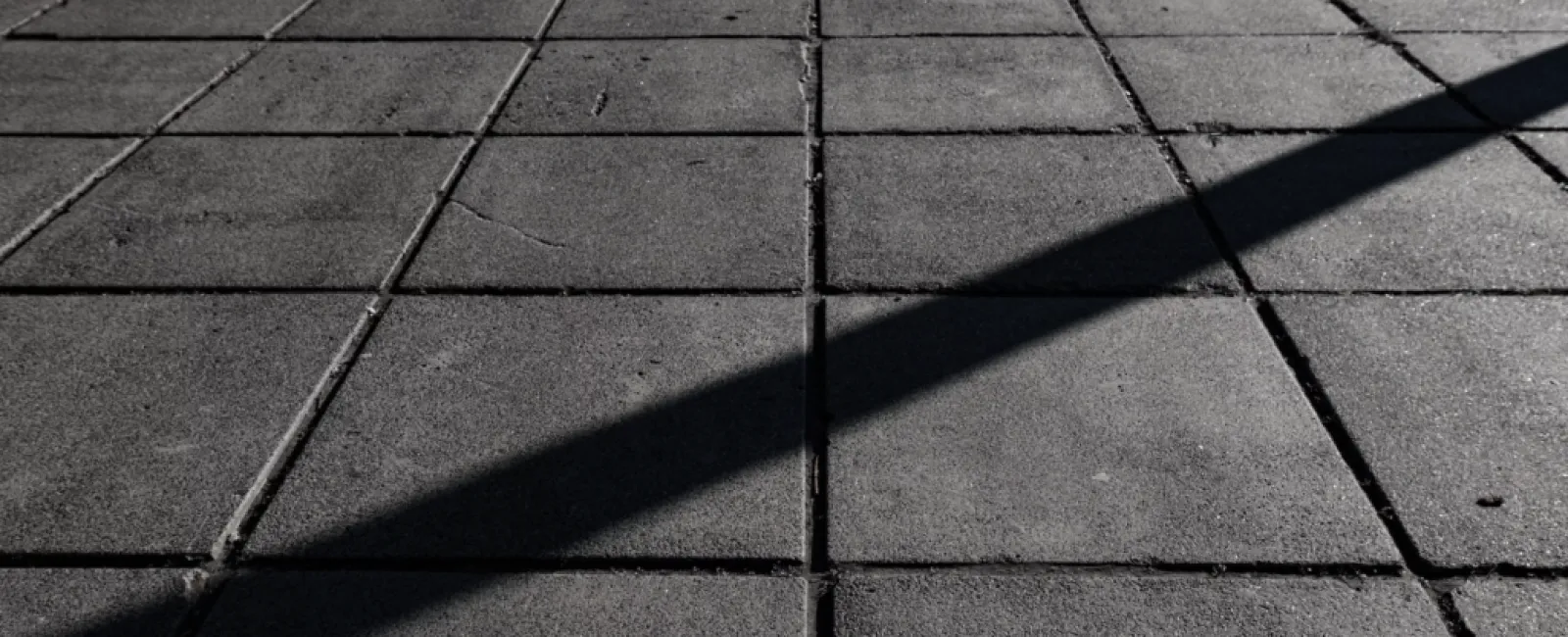Common Mistakes to Avoid When Pouring Residential Concrete Slabs
Pouring concrete slabs for residential purposes is a common construction task, but it’s not as simple as it may seem. The quality of the concrete slab can significantly impact the structural integrity and longevity of your project. To achieve a durable and aesthetically pleasing result, it’s crucial to avoid common mistakes. In this blog, we’ll discuss some of the most prevalent errors to steer clear of when pouring residential concrete slabs.
1. Neglecting Proper Planning
One of the most fundamental mistakes is failing to plan adequately. Proper planning includes determining the size, thickness, and location of the concrete slab, as well as calculating the amount of concrete and reinforcement needed. Without a clear plan, you risk over-ordering or under-ordering materials and making costly adjustments during the pour.
2. Inadequate Site Preparation
Improper site preparation can lead to various issues, such as uneven slabs and cracking. It’s essential to clear the area of debris, vegetation, and topsoil, followed by proper grading to ensure adequate drainage. Failing to provide a solid, level base can result in an unstable and uneven concrete surface.
3. Skipping Compaction
Compacting the subgrade is often overlooked but is crucial to prevent settlement and shifting of the concrete slab. Inadequate compaction can lead to settling and unevenness over time, which can compromise the structural integrity of the slab.
4. Incorrect Concrete Mix
Using the wrong concrete mix is a grave mistake. The mix design should match the intended use and environmental conditions. For instance, outdoor slabs should have higher durability and resistance to freeze-thaw cycles than indoor ones. Consult with a concrete supplier or engineer to ensure the right mix for your project.
5. Improper Reinforcement
Reinforcement, such as rebar or wire mesh, is essential for preventing cracks and enhancing the slab’s strength. Many DIYers or inexperienced contractors may skip this step or improperly install reinforcement, leading to issues like cracking and slab failure down the line.
6. Overwatering or Underwatering
Water is essential for the curing process, but overwatering or underwatering can lead to weak concrete. Follow the recommended curing procedures, which often involve keeping the slab moist for a specific period. Avoid excessive water, as it can weaken the concrete’s structural integrity.
7. Ignoring Control Joints
Control joints help control the cracking pattern of the concrete slab. Neglecting to install them or spacing them too far apart can result in random and unsightly cracks. Properly placed control joints are a preventive measure against this common issue.
8. Rushing the Curing Process
Curing is a critical step in concrete slab construction, and it should not be rushed. Inadequate curing can lead to surface defects, reduced strength, and increased vulnerability to cracking. Follow the recommended curing time and methods to ensure a strong and durable slab.
9. Ignoring Weather Conditions
Extreme weather conditions, such as hot, dry weather or cold temperatures, can affect the concrete curing process. It’s essential to monitor weather forecasts and take appropriate precautions, like using curing blankets or adding accelerants in cold weather.
Conclusion
Pouring residential concrete slabs is a task that demands careful planning, attention to detail, and adherence to best practices. Avoiding common mistakes such as inadequate site preparation, incorrect concrete mixes, and poor reinforcement can save you time, money, and headaches in the long run. By ensuring proper planning, preparation, and execution, you can achieve a durable and aesthetically pleasing concrete slab for your residential project.

